Tags
aquating, architecture, blind, Brunelleschi, carborundum, copper, copperplate oil, Donatello, drypoint, engineering, etching, Florence, goatskin, inks, intaglio, Italian, Leon Battista Alberti, London, Masaccio, mathematics, mezzoting, Michael R. Thompson Rare Books, painter, Perspex, pigments, poetry, Prose, relief, sand grain, sculpture, Susan Allix, Tuscan, zinc

“Colour and light have an important relationship in the act of seeing…colours multiply among themselves, but, like the elements, there are only four true colours from which other species of colour are born. There is red, the colour of fire; blue, of air; green, of water; and earth, ashen grey…from these four colours according to the addition of light or dark, black or white, are made innumerable other hues. Therefore the mixing in of white will not change the basic colour, but just make tints;’ and black has a similar power, with its addition making an almost infinite number of colours. You can see colours alter in the shade; when the shade deepens the colours fade, when the light brightens they become brighter and clearer.” — Leon Battista Alberti
ON PAINTING
Leon Battista Alberti (1401-1472) and Susan Allix
London: 1999
ND1130 A4813 1999
Leon Alberti was born in 1401 in Florence. His art was influenced by the work of Brunelleschi, Donatello, and Masaccio. He wrote On Painting in order to “set forth principles to be followed by the painter.” Alberti then turned his attention to architecture, for which he is better remembered today. He wrote De Re Aedificatoria and received several commissions for building projects. He had a deep understanding of the classical past, but an eye for contemporary change. He wrote on sculpture, poetry, prose, mathematics, engineering and other topics. His work was studied by generations of artists.
This translation of On Painting is by Susan Allix, based on the Italian text published in L. B. Alberti, Opere Volgari, Volume Terzo. Allix writes, “This translation…is a painter’s translation and includes those parts that seem to hold, for the present, the most important of Alberti’s ideas…it has been extensively abridged to prevent it from becoming several volumes.”
In a letter to Michael R. Thompson Rare Books, Allix wrote, “One day I started to read Alberti’s book and was astounded at his idea that everything begins with a dot. I spent a long time struggling away with fifteenth century Tuscan (helped with a more modern translation), but present Italian hasn’t altered so much and I did find it readable. I wanted my own translation. Slightly unprofessionally some of this was done in the afternoon quiet of an Italian camping site. One interesting page is where I followed Alberti’s instructions on how to achieve a squared pavement. So complicated, I never believed it would work, but lo and behold the perspective of the squared pavement appeared!”
This edition contains twenty-eight intaglio prints, the result of four years of sketchbook observation and drawing, plate-making and reworking the plates. The prints were made from copper, zinc, and Perspex plates, and contain a wide variety of techniques. There is etching, drypoint, and mezzotint, often in combination, and also open bite, aquatint, sand grain, and carborundum. The plates have been printed black and white and color in intaglio, relief and blind. All the inks are made from pure pigments ground in copperplate oil, so interleaving sheets is necessary to stop the plates from offsetting. As each plate is hand-inked and printed separately, complete uniformity is not possible. Twenty of the prints are in color, seven in black and white, one in blind, and many have extra hand-coloring on the prints or the type. The first ten copies, of which this is number three, have watercolor and pencil paintings on Japanese paper between each of the three of Alberti’s books.
Bound in full cream goatskin, upper cover tinted with a border of darker purple dye, extending to the spine, and an abstract design of other lighter tints and various colored goatskin onlays with textured endpapers.
Rare Books copy has holographic letter written in ink on both sides of the press’s stationary from Allix to book collector Denis Collins, prospectus, and biographical article about the author, entitled “God is in the datail,” laid in. Signed in ink on the verso of the front flyleaf: “For Denis/with warmest regards/Susan/11 April 2000.” Collins’ stamp on recto of terminal endpaper. One of twenty-two copies, numbered and signed by the artist.

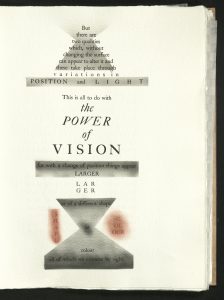
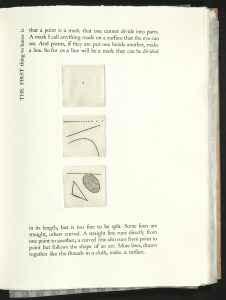
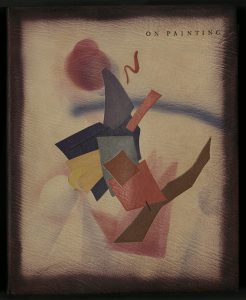
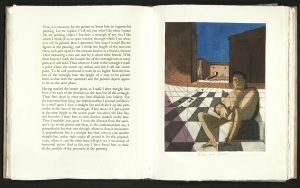
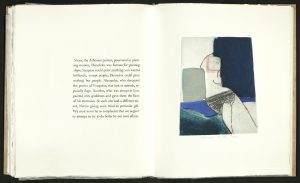
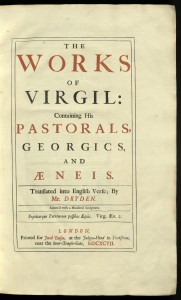
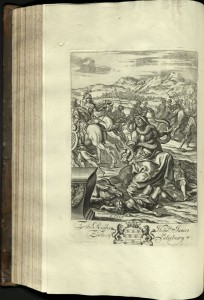
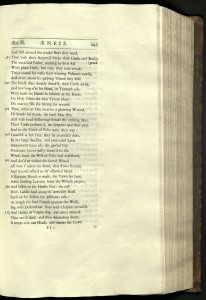

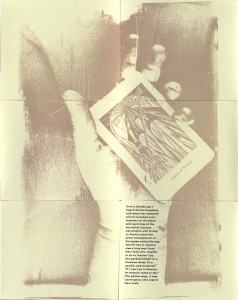
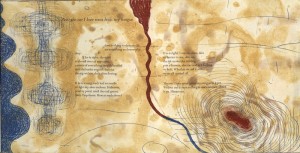
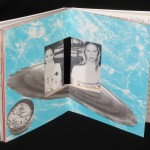
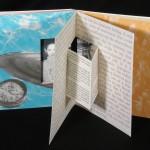
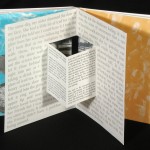
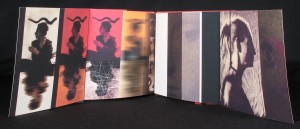

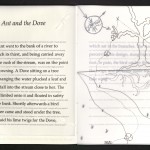

You must be logged in to post a comment.